Energy Efficiency and Demand Side Management
Lecturers
Course Description
Study Programmes
University graduate
Learning Outcomes
- explain and recognize about production of energy sources and consumption of energy in the world and in Croatia
- explain principles of energy and environmental management
- apply and analyze methodology of energy management in industry
- conclude and explain policy of energy efficiency in EU and recommendations for energy efficiency policy and what is legal environment of energy efficiency in Croatia
- explain barriers for implementation of energy efficiency measures
- analyze relationship between energy use and production volume
- analyze and evaluate consumption and recommend energy efficiency measures for electricity systems (tariffs, consumption of reactive power, lighting, motors)
- evaluate consumption and recommend energy efficiency measures for energy systems in industry: pumps, fans, compressed air, fuels, combustion and boilers, steams system
- explain the purpose and method of managing consumption
- analyze EU energy efficiency policy
Forms of Teaching
Course teaching is organized through two teaching cycles. The first cycle consists of 7 weeks of direct instruction and an intermediate exam. The second cycle of classes includes 6 weeks of direct classes and a final exam. classes are conducted over a total of 15 weeks with a weekly workload of 2 hours.
Seminars and workshopsSeminar paper on measurement results in laboratory exercises.
ExercisesThrough auditory exercises (7 in the first cycle and 6 in the second cycle), energy efficiency calculations of energy system components in industry and buildings are performed.
Independent assignmentsCalculation of energy efficiency of a selected component of the energy system in industry.
LaboratoryLaboratory exercises are held in a total of 6 terms of 2 hours. In the first cycle of classes, 3 laboratory exercises are held, and in the second cycle, 3 laboratory exercises. Laboratory exercises last 2 hours. The first laboratory exercise consists of introductions to measurement and instruments. All other laboratory exercises consist of one hour of theoretical preparation and calculation of tasks and one hour of practical measurement.
Grading Method
| Continuous Assessment | Exam | |||||
|---|---|---|---|---|---|---|
| Type | Threshold | Percent of Grade | Threshold | Percent of Grade | ||
| Laboratory Exercises | 66 % | 15 % | 66 % | 15 % | ||
| Homeworks | 60 % | 8 % | 0 % | 0 % | ||
| Class participation | 50 % | 13 % | 0 % | 0 % | ||
| Mid Term Exam: Written | 50 % | 34 % | 0 % | |||
| Final Exam: Written | 50 % | 30 % | ||||
| Exam: Written | 50 % | 60 % | ||||
| Exam: Oral | 25 % | |||||
Week by Week Schedule
- Interdependency of energy consumption, economic development and environmental impact, Role of energy efficiency in sustainable development
- The basic types of energy consumption, Energy performance indicator (PEU)
- Indicators of environmental impact assessment (EIA)
- The principles of energy and environment management
- Technical and human components of energy management, Organization of energy efficiency programs
- Potential sources of funding for energy efficiency programs
- The relationship between energy consumption and production quantities
- Midterm exam
- Energy efficiency of industrial energy systems: electricity
- Energy efficiency of industrial energy systems: pumps and fans
- Energy efficiency of industrial energy systems: fuel combustion boilers, production and distribution of steam
- Energy efficiency of industrial energy systems: compressed air
- Energy consumption in households, Household apliancises and energy classes
- Indicators of energy consumption, determining the consumption and Sankyjev diagram of energy flows (energy analysis), Thermal insulation for buildings and houses
- Final exam


 Pristupačnost
Pristupačnost
